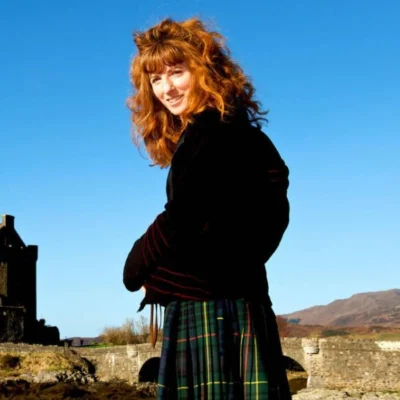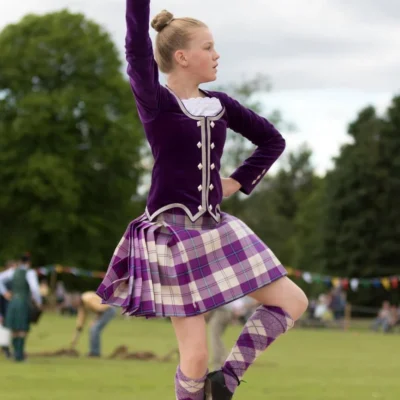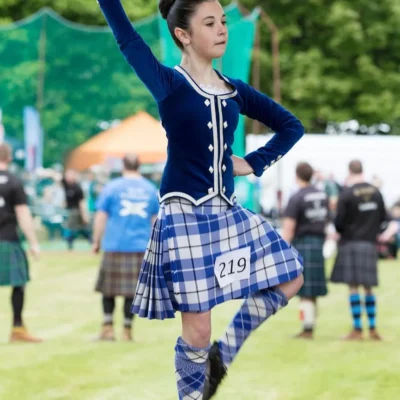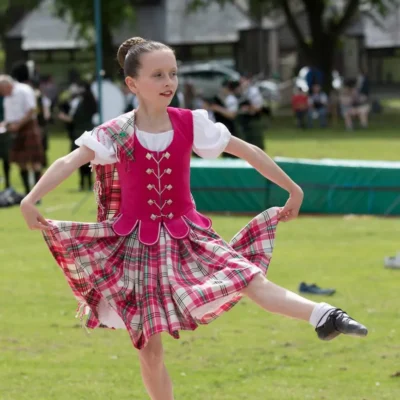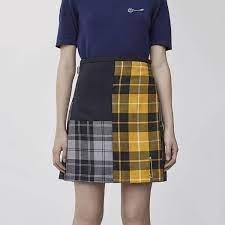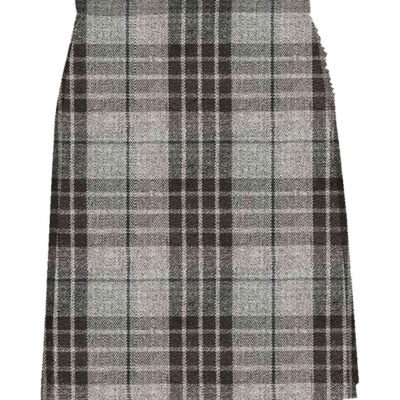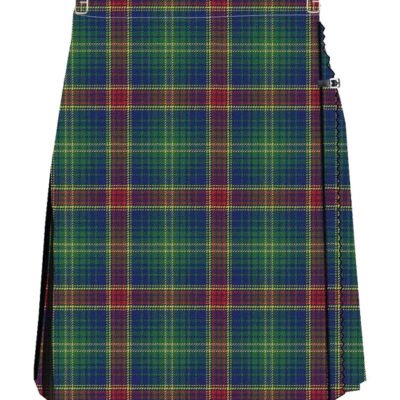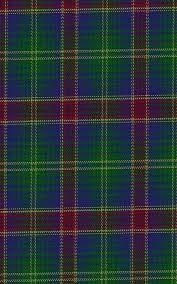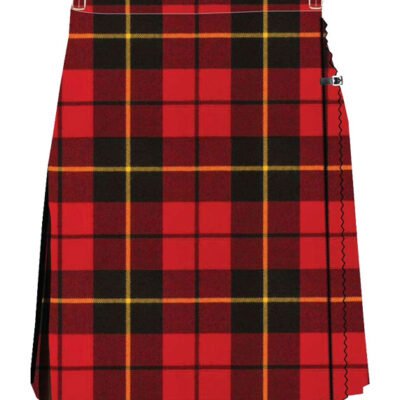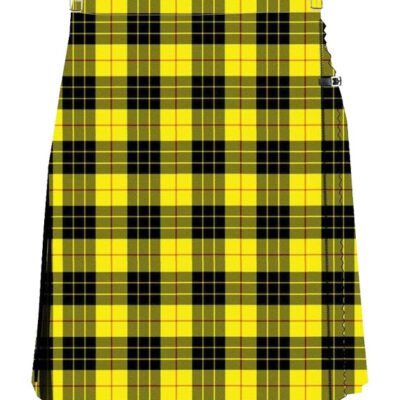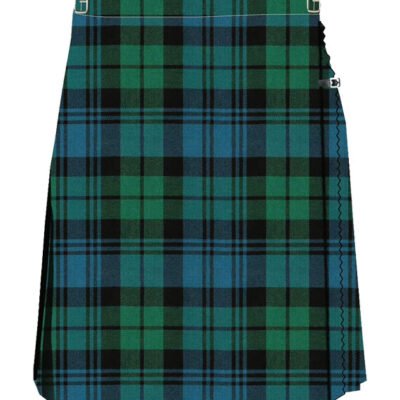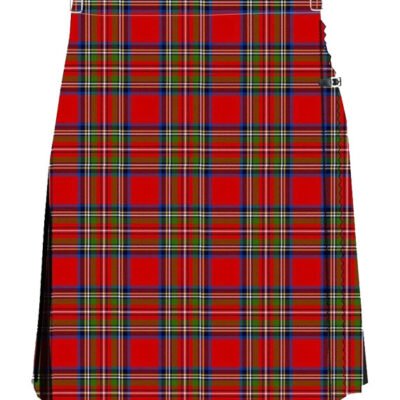Kilt For Women
Kilts For Women – Classic Tradition, Reimagined with Confidence:
There’s something quietly bold about a kilt for women. It’s not trying too hard, and yet it stands out—rooted in Scottish heritage, but styled in a way that feels fresh, maybe even a little unexpected.
Historically, kilts have long been seen as a men’s garment, but that boundary has softened over the years. Thankfully. More and more, women and kilts are being paired in ways that feel intentional—not borrowed, not forced, but entirely their own. Whether it’s worn with boots and a jacket for an outdoor event or paired simply with a crisp blouse, a women’s kilt holds its ground.
Not Just Skirts – Kilts Have Character:
There’s often a question—what’s the difference between kilts and skirts? It’s fair to ask. Technically, they’re both lower-body garments, yes. But a kilt is more structured. It has pleats, weight, presence. There’s history in it. And when tailored for women, it balances strength with shape in a way that a standard skirt just… doesn’t.
A Scottish kilt for women is usually styled slightly differently—cut to flatter the female form, sure, but still keeping the essential features intact. The wrap, the pleats, the buckle details. It feels practical and expressive at the same time. Hard to explain exactly—you just know it when you wear one.
A Range That Feels Like You:
Our collection of kilts for women is built for different tastes and occasions. Tartan patterns if you’re honoring your roots (or just love the look). Solid colors for something more minimal. Some are made for movement, others more formal.
There’s no “right” way to wear a kilt, really. That’s kind of the point. Maybe you’ll style yours with tights. Maybe you won’t. Maybe it’s part of a family event—or just your go-to piece when trousers feel too stiff.
Either way, it’s yours. And it’s more than just fabric.
Showing all 9 results
Real Customer Reviews
FAQs About Women and Kilts
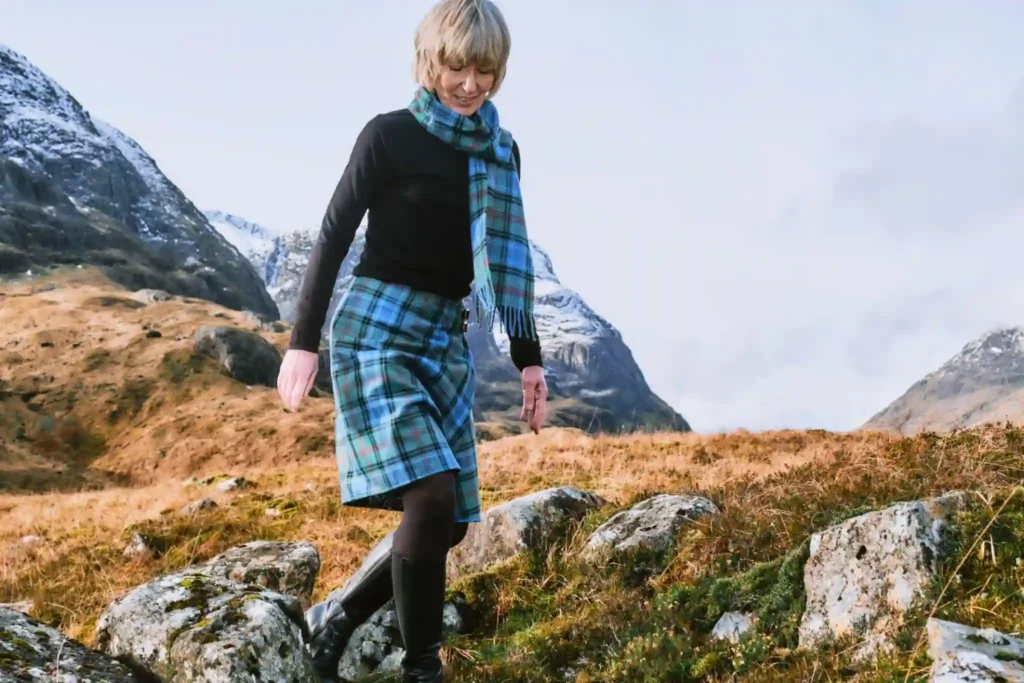
A Classic Reinvented: Kilts For Women
When you search for a kilt for women, what comes to mind? A tartan wrap, historical echoes, maybe a film scene? Most people still picture men. But kilts—and what used to be called “kilt skirts”—have been embraced by women for centuries. In other words: this isn’t a fad. It’s a revival… or a reveal, depending on how you see it.
There’s an everyday version, yes. But there’s also a kind of power in wearing a kilt as a woman. It’s on that border between skirt and garment-definition—they cover, but don’t contend. They flow, yes, but still feel structured. It’s not about hiding. It’s about presence.
Why It’s Not Just a Skirt
Kilts and skirts might look similar at first glance. But a kilt skirt womens version is more intentional. It wraps and fits, yet leaves space to move. The pleats don’t gather. They stand firm. And the structure makes it less casual, even in everyday fabric.
I tried one on once—navy tartan, vintage style—and realized the difference immediately. It held its shape in front. Moved in the back. Felt alive in a way a lot of skirts don’t. It was comfortable, sure. But it also carried a kind of attitude I didn’t know I wanted.
Short or Long—You Choose
Length matters. For some, a mini kilt for women feels refreshing—bold, playful, light. A bold cut, paired with boots or sneakers, gives you a look that’s youthful without any y‑bending trendiness.
Then there’s the long kilt for women, which whispers elegance. It drapes, it sweeps, and it has this flow that reacts to the moment. You walk down stairs, heads turn. It’s not flashy—but you feel right, or maybe more you, in it.
There’s no rule. It’s a choice. And your body has a say in which version feels good day to day.
A Range of Looks
We’ve seen tartan kilt for women outfits styled formally—blouses and blazers, added sashes, traditional sporrans—for weddings or special events. But there are less formal versions too: fabrics in solid colors, hybrids with pockets, lighter pleats. Perfect for everyday errands or creativity at work.
Pair your kilt with a crisp shirt for meetings. A comfortable sweater on chilly mornings. A tee for creative days. And what about layering? Tights, leggings, knee-high socks—you can adapt it by season, mood, or purpose.
Women and Kilts—A Growing Movement
There’s something quiet yet firm about wearing a kilt as a woman. It signals confidence. Even the phrase ladies in kilts has something inviting in it—not just because of tradition, but because it’s unusual enough to be memorable.
People notice. It opens doors—to comments, to questions, maybe to conversations with people you wouldn’t otherwise meet. I once wore mine to a craft fair, and a stranger—an elderly woman—paused me to say it reminded her of her grandmother’s farm days. Random. Genuine. It made the moment feel more meaningful.
Styles That Fit You
Ladies kilt skirts come in options made for curves, for different waist placements, different hips. They’re not just scaled-down men’s patterns. They’re shaped for women’s bodies, which means pleats align better, waist placements feel more natural, the fall of the fabric doesn’t bunch or twist.
If you want something that doesn’t require constant tugging or rearranging, choosing a kilt designed for women makes all the difference.
Weaving In Identity
There’s a lot of meaning wrapped into a women’s kilt outfit, whether subtle or explicit.
Some women select tartans tied to ancestry. Others pick bold colors because they reflect personality. I met someone who wore a green-and-black combo to support environmental work. It wasn’t symbolic in a national sense, but deeply personal. And she said it mattered—to her purpose, to her walk in the world.
Scottish Kilt For Women—Honouring Roots
If you’re looking for a Scottish kilt for women, the options—if you want them—are there. Clan tartans, heritage patterns, accessories inspired by tradition. Properly styled, it feels ceremonial. A sense of place. Of belonging.
But you don’t have to meet tradition halfway. If you want to lean more modern, lighter fabric or unconventional cuts are absolutely valid. Heritage can hold space for evolution, too.
Styling Your Kilt
- Smart Casual: A fitted blouse, low-heel brogues, thin belt. Sharp lines, soft flow.
- Creative Edge: Graphic tee, leather jacket, ankle boots. Subtle attitude.
- Cozy Weekend: Chunky sweater, knee-high socks, loafers or suede boots. Comfortable confidence.
- Summer Layers: cropped tank, sandals, subtle jewelry. Sleek, open air.
That versatility—that’s part of why choosing a kilt for women works.
Care & Fit
Most of these kilts are washable—or at least easy to care for. Wool blends need gentle care, but last longer. Longer kilts deserve careful hemming. Short ones can sometimes ride high. Width-wise, articulate your waist to let the pleats fall evenly front to back.
If you’re ordering it online, measuring is key—waist and high hip, and target hem length. If you’re between sizes, choose based on whether you want it to rest on your waist or hips. That changes the whole line.
A Final Reflection
“Why a kilt?” It’s a question I ask myself now and then. The answer fluctuates. Some days, it’s about identity, or pride. Other days, just comfort, or the feel of pleats brushing against my skin where pant seams don’t exist.
The truth: kilts and skirts do many things.They shape how you move. How you feel. how you own your presence. And in a world full of choices, it’s nice to have one that still surprises you.
Shop Your Style
Explore our collection of kilt skirts womens, ladies kilts, and kilt for women options—mini, midi, maxi—designed for style, heritage, and your life. Whether you lean traditional or modern, casual or statement, you’ll find a piece that lines up with how you want to move through the day.

